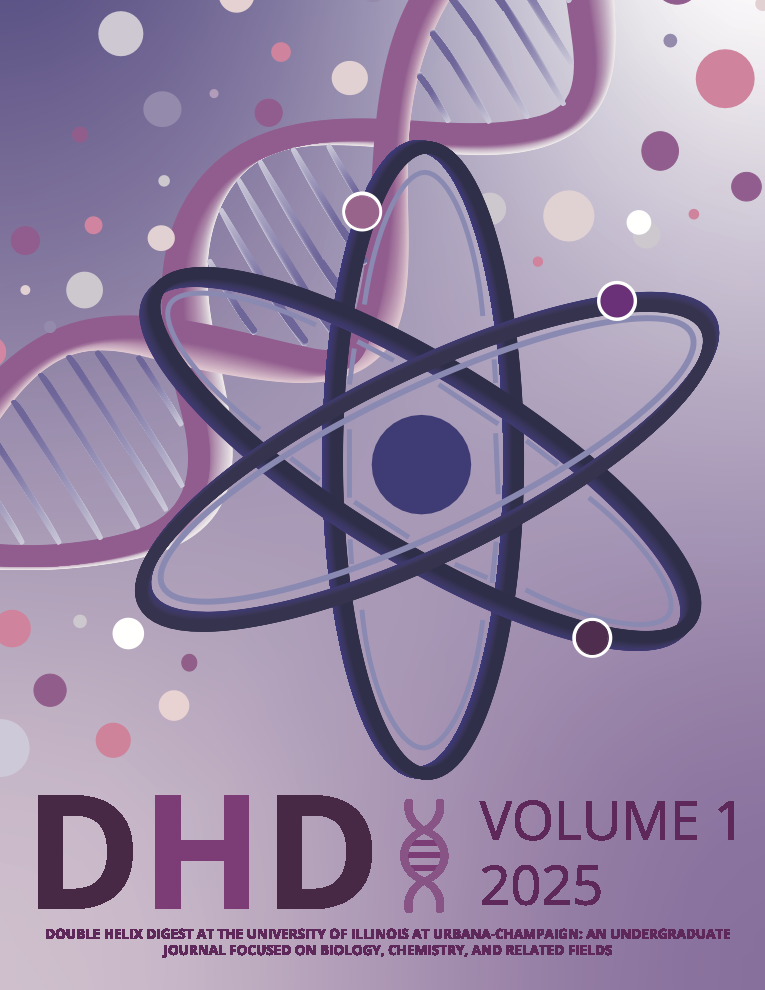How Ribosomes Shape Protein Folding
Abstract
Protein folding is a fundamental biological process essential to cellular function, yet its mechanisms (particularly those occurring during synthesis) remain incompletely understood. Traditionally viewed as a post-translational event, mounting evidence now reveals that protein folding often begins cotranslationally, with the ribosome playing a direct and active role. This review examines how ribosomes contribute to co-translational folding by providing a confined, highly regulated environment within the exit tunnel that shapes early folding events, guides hydrophobic collapse, and coordinates folding with translation speed. Structural and thermodynamic studies reveal that the ribosome minimizes entropic penalties and promotes stable intermediate states, thus enhancing folding efficiency and fidelity. Furthermore, ribosome-associated chaperones assist in preventing misfolding and aggregation. These insights not only reshape our understanding of the central dogma of protein science but also have profound implications for disease research, including cancer and neurodegenerative disorders, and offer new targets for therapeutic intervention aimed at regulating proteostasis during translation.

